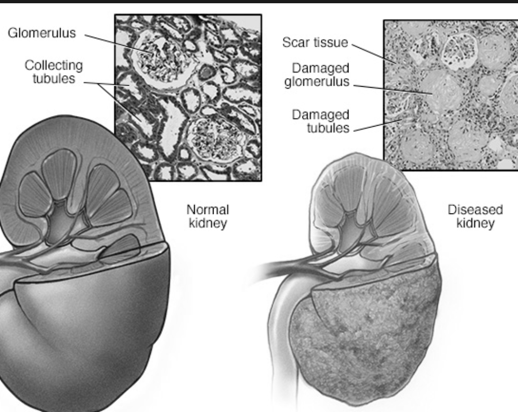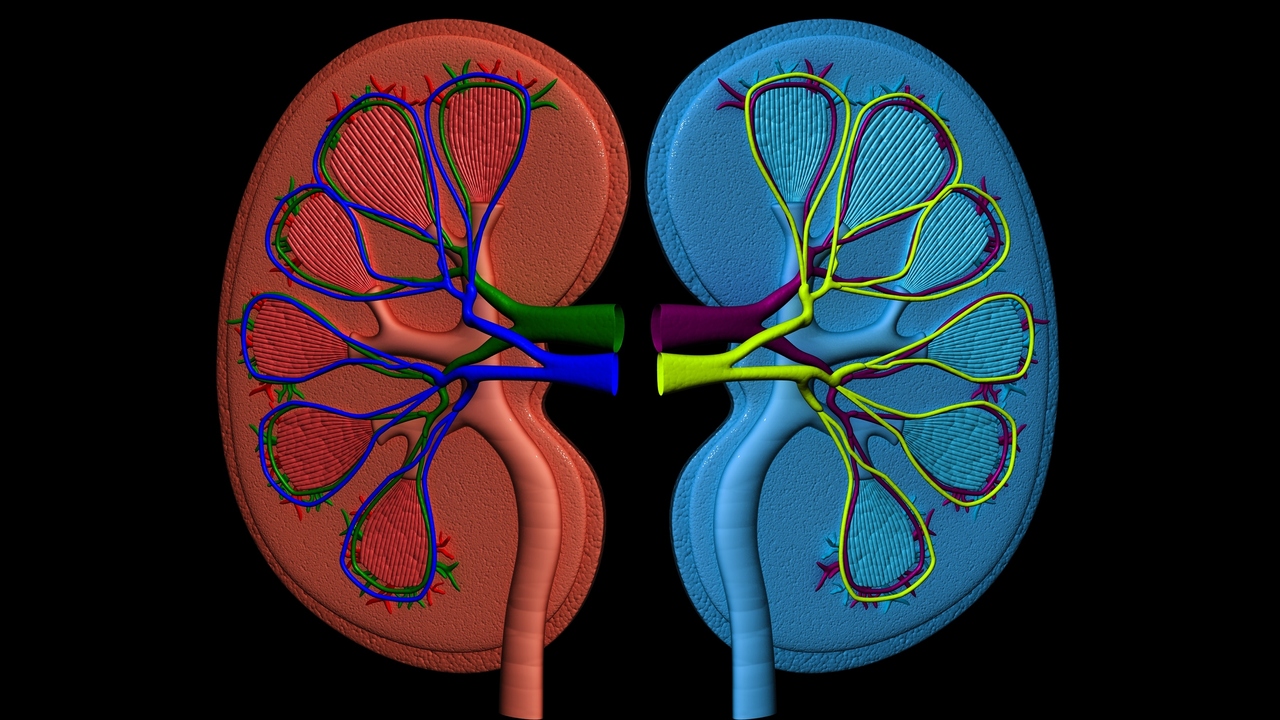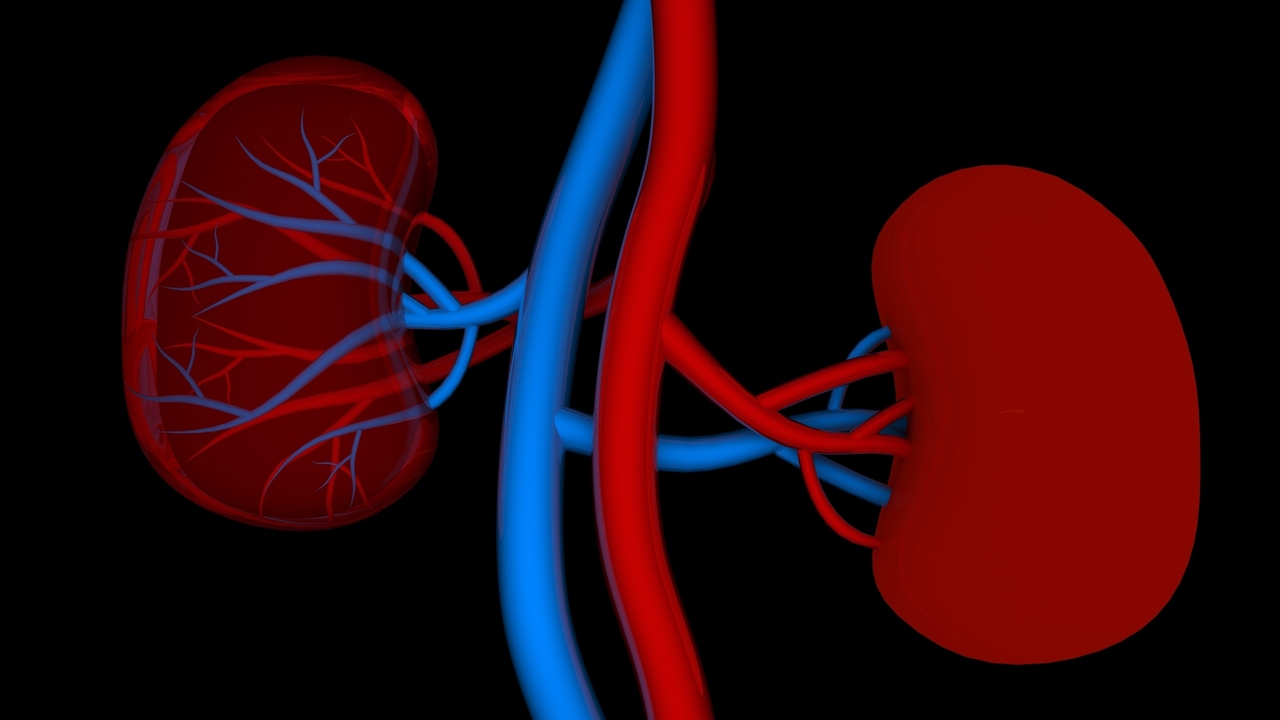Home dialysis has made it to the Internet. See Reference 1 for a link to the YouTube video. This option is now a major competitor for conventional hemodialysis at a medical center and peritoneal dialysis. Each has its advantages and disadvantages. For both peritoneal and home hemodialysis, the patient has more freedom and responsibility, compared to institutional dialysis.
A recent article in the medical literature reviewed the details of home dialysis. One of the advantages is the opportunity to run the dialysis treatment at night, while the patient is asleep. This offers minimum disruption for the patient's life. In addition, up to 8 hours treatment per 24 hours offers a good approximation to natural kidney function.
Home dialysis is not for everyone, but it can offer a greatly improved quality of life for patients who qualify. Canadian researchers describe eight stages of a successful home hemodialysis program:
Stage 1. Patient recruitment. Ideally, prospective patients should have a chance to communicate with patients who are already on a home hemodialysis program. Prospective patients should also be screened for physical ability to operate the equipment and for mental health. A high school education is not necessary, but the patient must be able to learn the procedures. Vascular access is very important; A-V fistulas or synthetic bridging grafts can be surgically created. The home environment must have adequate water, sewer, electric service, and space. Insurance coverage should be provided for potential water damage from equipment failure.
Stage 2. Patient education and training. Nurses provide an average of one month training for the patient and family members who may be assisting the patient.
Stage 3. Choice and installation of hemodialysis equipment. Several manufacturers offer equipment for home dialysis. A typical patient using nocturnal home dialysis will use 840 liters of water per week. Water treatment systems include reverse osmosis, deionization, and UV sterilization components.
Stage 4. Maintenance. The equipment should be checked once a month.
Stage 5. Fallback support in-hospital or outpatient. The home dialysis center should offer support for admission to the hospital for any reason, and outpatient follow-up.
Stage 6. Equipment supplies and delivery. Home dialysis requires a continuous supply of accessories, including dialysers, lines, and water filters.
Stage 7. Remote monitoring. Nocturnal dialysis patients may want remote monitoring, especially if they live alone. If something goes wrong, the dialysis center staff can call a designated phone number to alert the patient or assistant.
Stage 8. Infrastructure. The home hemodialysis center should have a fully equipped clinic to support each of the other stages.
References:
YouTube video:
http://www.youtube.com/watch?v=EFXEnbz0BRU
To locate a home dialysis center:
http://www.homedialysis.org/locate/maps/
Alhomayeed B and Lindsay RM, “Technical Aspects of Home Hemodialysis”, Saudi J Kidney Dis Transpl 2009;20(2):185-191.
Linda Fugate is a scientist and writer in Austin, Texas. She has a Ph.D. in Physics and an M.S. in Macromolecular Science and Engineering. Her background includes academic and industrial research in materials science. She currently writes song lyrics and health articles.






Add a Comment1 Comments
Hi Linda - This is a truly exciting development for those who need hemodialysis. It would seem like home dialysis would enhance life quality for patients, reduce costs and save time since trips to a medical center wouldn't be needed, lead to greater compliance and more. Thanks for making us aware of this advancement! Pat
December 17, 2009 - 6:12pmThis Comment